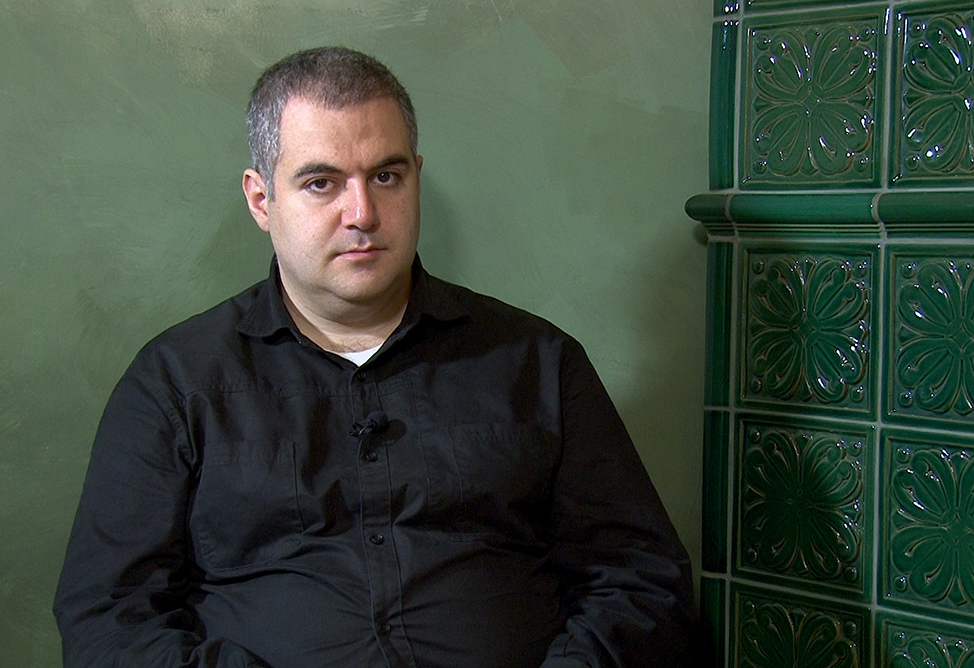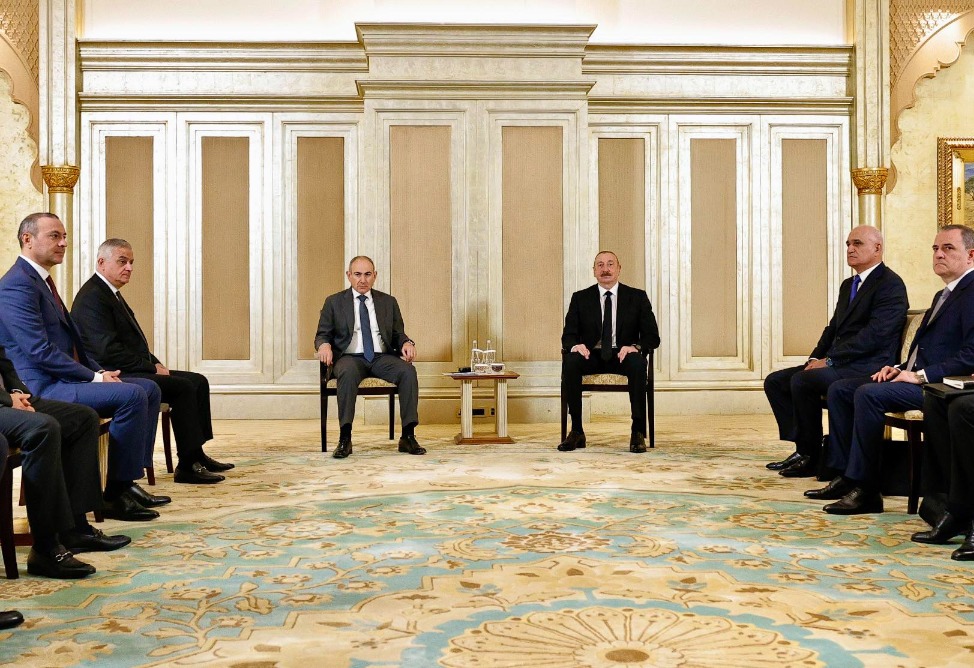Economist comments on Pashinyan's statement about “43% economic growth after 2018”

YEREVAN, April 29. /ARKA/. Armenian Prime Minister Nikol Pashinyan's claim of a 43% economic growth following the 2018 “velvet” revolution has drawn criticism for being misleading and failing to accurately reflect the nation’s economic reality, according to economist Hrant Mikayelyan.
Speaking to the ARKA news agency, Mikayelyan expressed skepticism about the origins of this statistic, stating, “I’m not sure who came up with that number—it’s unlikely that Pashinyan did the calculations himself. I took the initiative to analyze the data for him, so he could have a clearer understanding of the actual situation.'
Mikayelyan elaborated that from 2019 to 2024, Armenia experienced a total economic growth of 36.4%. Out of this, he noted that 14.2% can be attributed to the impacts of the Russia-Ukraine conflict, meaning that 22.2% of the growth is unrelated to external factors.
“Even with the best intentions, the government can't take credit for this growth. It’s crucial to distinguish these numbers to grasp the true economic conditions,” he added.
He further explained that the 22.2% growth over six years, minus the effects of the war, translates to an annual growth rate of only 3.4%.
“This figure isn’t particularly impressive, so calling it a success is quite a stretch. Discussing cumulative economic growth is also misleading; economic progress in Armenia is largely a reflection of global technological advancements, which result in growth irrespective of local efforts,” Mikayelyan concluded.
He urged the government to present a more transparent account of additional registered economic outcomes regarding the so-called zero option.
The claim of a 43% increase simply isn't accurate. Mikayelyan pointed out that such a figure could only be achieved if the government combined growth indicators from the second half of 2018 with those from early 2025.
When discussing the state budget's additional revenues of $4.2 billion, he highlighted that the numbers are misleading—compared to 2018, there was an increase of $3.7 billion in the budget revenue.
Mikayelyan explained that factors like inflation, economic growth, and improved administration contributed to this budget increase. However, he emphasized that the government's role in this growth is limited. The rise in the exchange rate of the Armenian dram due to the ongoing Russian-Ukrainian conflict, along with inflation and better administrative practices, accounted for an annual increase of around 400 million AMD. Essentially, he argued that the actual budget growth is approximately ten times less than what Pashinyan is claiming.
Armenia is anticipating a 5.1% economic growth rate in the state budget for 2025. Preliminary statistics indicate a 4.1% growth in the country's economic activity for the first quarter of 2025 compared to the same period in 2024.
Additionally, the Central Bank's monetary policy report for January through March highlights that Armenia's GDP growth is projected to be between 7-4.8% for 2025, 4.7-4.1% for 2026, and 4.7-6.1% for 2027. -0-



